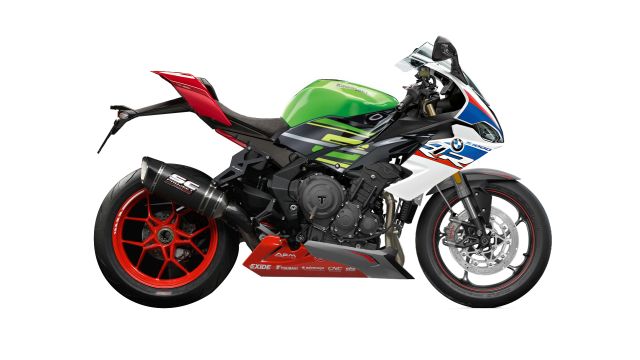
As a journalist I am lucky enough to experience the cutting edge of motorcycle technology on a regular basis. Unfortunately, the current lockdown situation means that no new bikes have been ridden lately but, to keep you guys interested, we’ve put together a countdown of the fastest bikes we’ve ridden over the past year.
Story: Anosh Khumbatta
5.) Triumph Street Triple RS
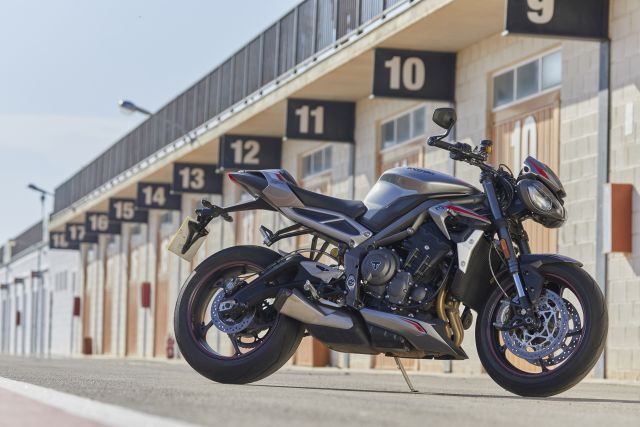
Number five on our list is definitely the most practical machine here for real-world use; the Triumph Street Triple RS is also the only naked roadster among the fully-faired sportbikes on this list. That alone should give you an idea of just how good the motorcycle is.
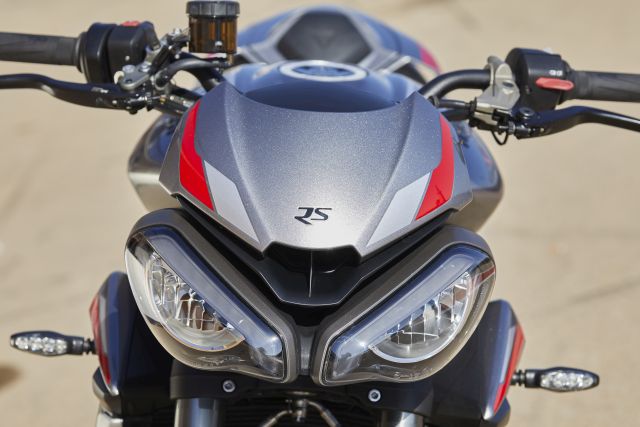
This 2020 version gets an aggressive new face alongside a few other minor cosmetic changes, but most of the work has gone into the 765-cc inline triple, which has been worked on by the same team that developed the current Moto2 engine. The result is more grunt through the midrange for better rideability, and a screaming top end as those 123 horses are unleashed at 11,750 rpm.
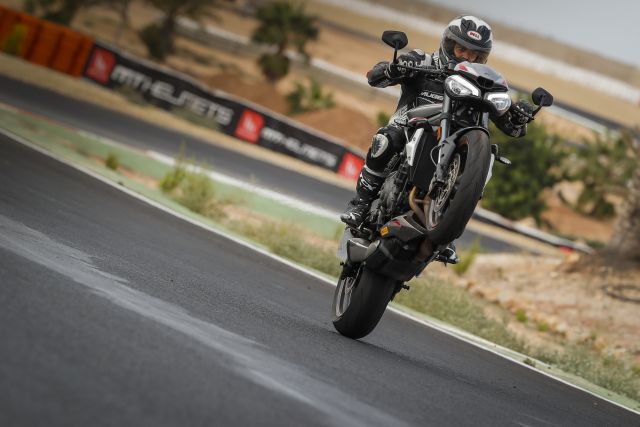
Flying down the short main straight at Cartagena Circuit in southern Spain with the intake howl from the airbox filling up my helmet, I managed just over 220 km/h before getting on the brakes for the first corner. The Street Triple RS was still accelerating hard at this time, and I estimate the top speed would be somewhere just north of 240 Km/h; extremely impressive performance for a middleweight naked.
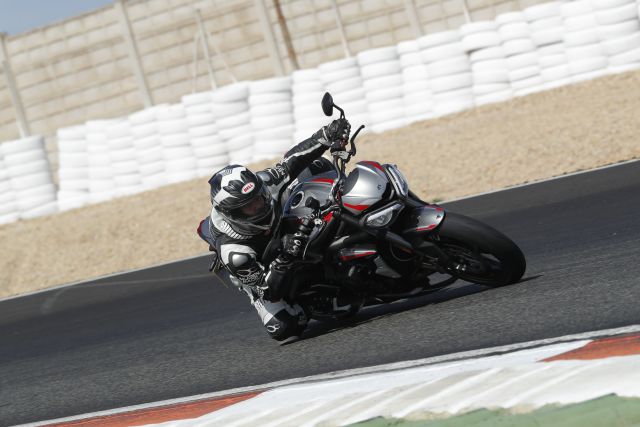
Superbike-spec brake and suspension components endow the Street Triple RS with excellent dynamic ability that goes hand-in-hand with its everyday usability. It hunts down apexes with aplomb, feels extremely composed leaned all the way over, and puts down power with perfect poise as you get back on the gas and fire onto the next straight. This might be a bike you can ride to work on daily, but take it to the racetrack and she’ll feel right at home amongst fully-faired sportbikes.
4.) Kawasaki Ninja ZX-6R
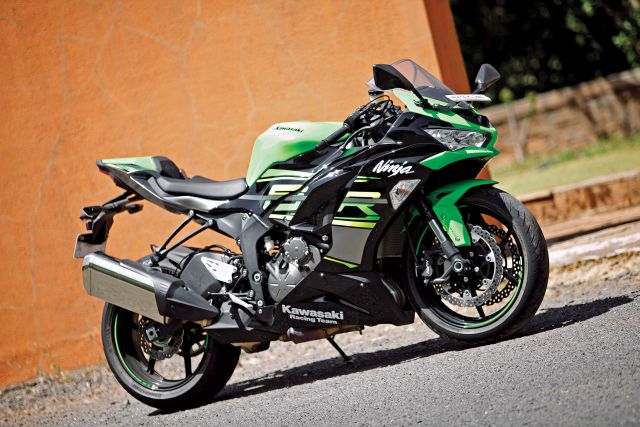
The only Japanese motorcycle on this list is also the only Japanese middleweight supersport you can buy in India, the Ninja ZX-6R is in a class of its own. Considered a cheater 600 due to its 636-cc engine capacity, it is these additional 37 cubic centimetres over the standard 599-cc fare in the Japanese supersport field that are responsible for this inline four’s meaty torque spread.
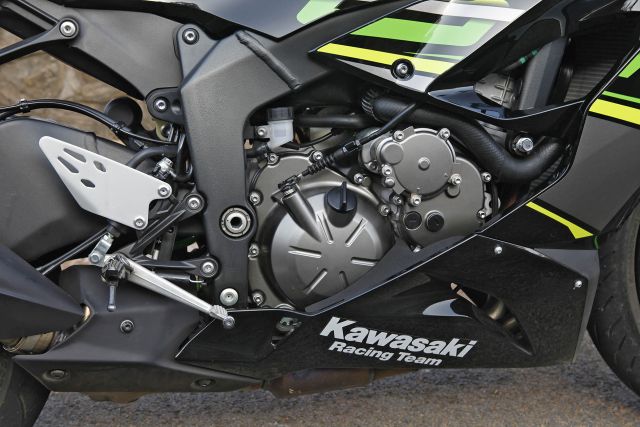
The ZX-6R pulls strongly from under 5,000 rpm — better than any other 600 supersport I’ve ridden — negating the need for constant gear shifting. Even when pottering around at 30 km/h in sixth gear at barely 2,000 rpm, there was no sign of knocking, and a twist of the wrist resulted in smooth drive.
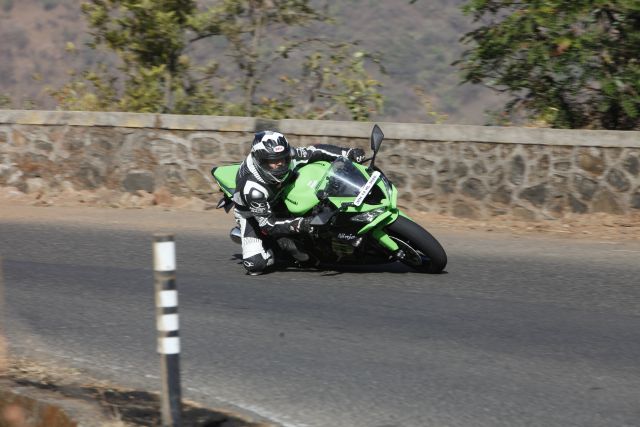
The flexibility of this engine is why the ZX-6R is widely considered the best, most rideable, road-going supersport in the world and, churning out 130 hp at 13,500 rpm and 70.8 Nm of torque at 11,000 rpm, it outdoes the competition when it comes to peak figures as well.
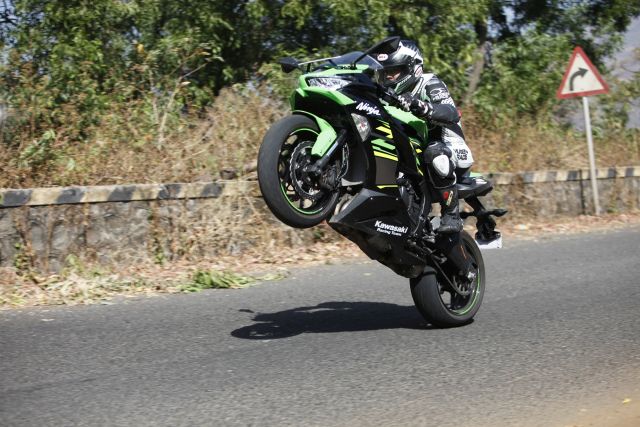
Out on the open road this translates to brisk acceleration, as the tacho needle rushes rapidly from 8,000 rpm to 14,000 rpm in each gear, prompting the shift light to start flashing; with a 16,000 rpm red line, this is also the highest-revving bike here. The engine sounds heavenly on the boil, easily dispatching triple-digit speeds in first gear, while 200 km/h comes up in fourth, by which time I was out of road. I would expect the top speed to be just over 250 km/h.
3.) MV Agusta F3 800 RC
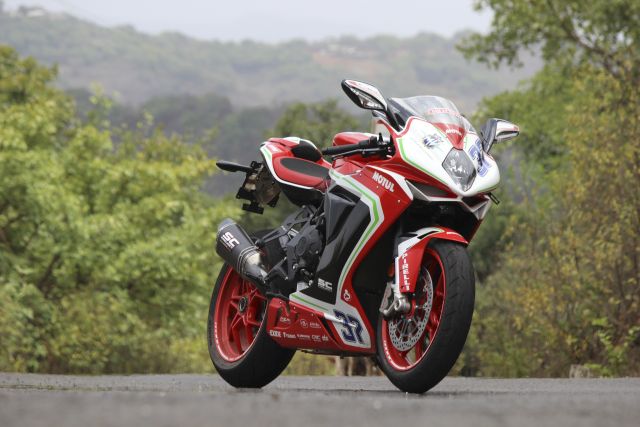
With just 400 units being built and only six in India, the 2019 F3 RC has got to be the most exotic motorcycle I’ve ridden to date. The RC stands for Reparto Corse, MV Agusta’s racing department, and the bike comes in the Italian marque’s World Superbike- and World Supersport-inspired livery, sprinkled with the team’s technical sponsors’ logos.
![]()
Mechanically this bike is identical to the standard F3 800, although it gets a bunch of bolt-on upgrades that transform the already sporty machine into an ultra-focussed track tool. Outright power from the three-cylinder motor is pumped up from 147 hp to 153 hp at 13,250 rpm courtesy a race ECU and an SC Project exhaust system that features titanium plumbing and a carbon fibre end can; both these parts are not street-legal and are only cleared for use on a closed course. The RC package also includes competition-style billet aluminium levers, aggressively-positioned rearsets to unlock ludicrous lean angles, mirror block-off plates, a rear seat cowl and a fender eliminator. The result is eight kilograms of weight loss, for a super-light 165-kilogram dry weight.
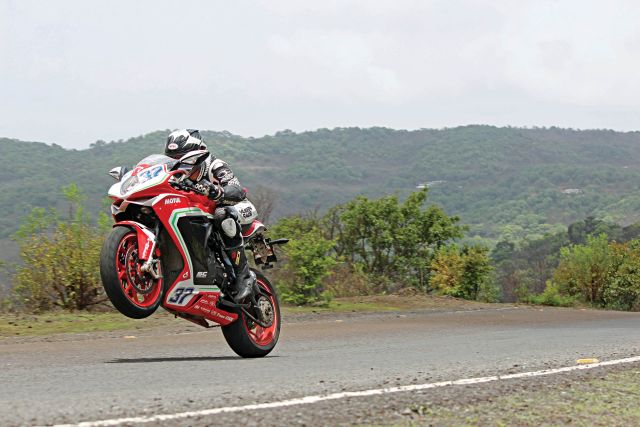
Open the throttle and this Italian thoroughbred shoots forward with the front tyre barely skimming the road’s surface; revs rise very fast and a hair-raising howl emanates from the SC Project race exhaust. Upshifts are accompanied by a single crisp pop that makes the whole experience that much more relishable and, on a long-enough straight, I would expect the top speed to be in the region of 280 km/h.
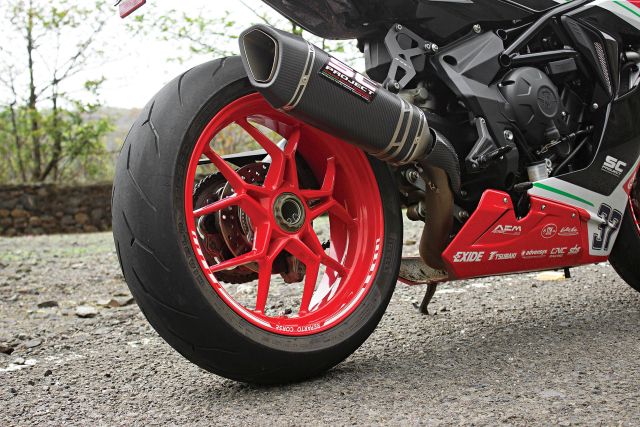
Given its pedigree, the F3 RC handles corners like a precision instrument. It turns in aggressively and accurately, is stable and poised mid-corner, and the excellent throttle feel and fuelling allowed me to confidently get back on the power early to catapult out of curves with the untamed cacophony from the titanium and carbon exhaust ringing in my ears. The front end is extremely communicative, allowing me to feel every nuance of the road’s surface while slaying apexes at my favourite set of twisties.
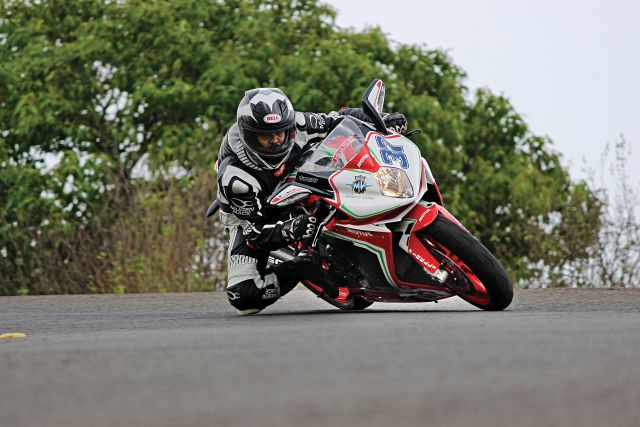
The F3 RC bubbles with character, is highly exclusive, and is sharp enough to decimate a racetrack with the right rider on board.
2.) BMW S 1000 RR
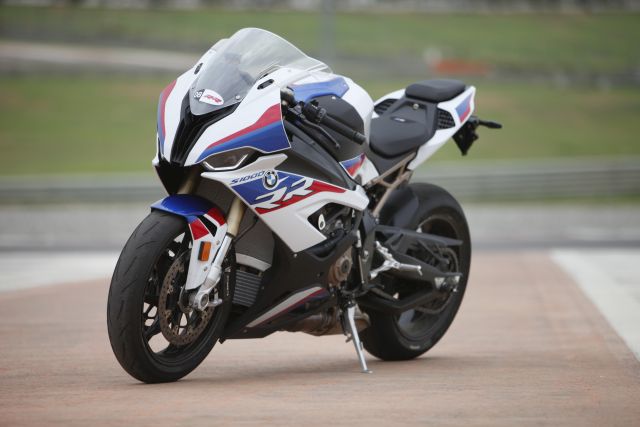
At number two we have the first of the big boys — no-compromise superbikes built for outright top-speed. The 2020 BMW S 1000 RR may have lost the distinctive asymmetrical headlights that we fell in love with over the past decade, but this iteration of the German rocket is lighter, faster and so much easier to ride. In fact, for a motorcycle that puts out 207 hp from its 999-cc inline four and weighs just 197 kilograms wet, the S 1000 RR feels ridiculously unintimidating, and this makes it an ideal litre-class superbike for the road.
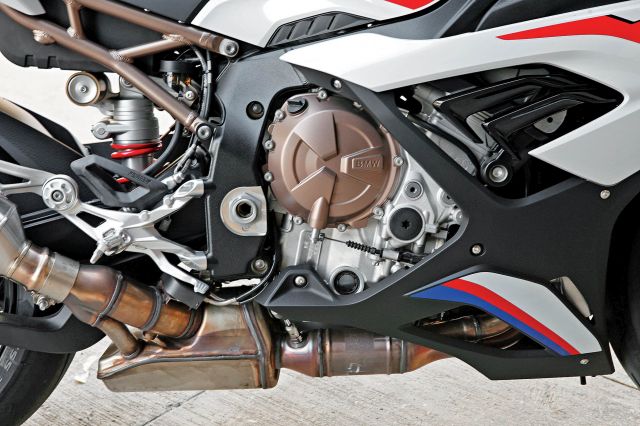
BMW’s ShiftCam variable valve control system gives us two camshaft profiles, and the result is a healthy spread of torque; over 100 Nm is available from as low as 5,000 rpm, with the 113 Nm peak coming about at 11,000 rpm. Peak power hits at 13,500 rpm, acceleration is smooth and seamless, and the bike is willing to cruise around at low revs without protest.
![]()
Of course, the best place to exploit such a machine is the racetrack, and it made for an extremely fun day at the Buddh International Circuit. Refined steering geometry and the carbon fibre wheels on this M Sport variant create a particularly flickable litre-class superbike. Side-to-side transitions are quite effortless, and the bike gave me the confidence to throw it into corners harder and faster, lap after lap.
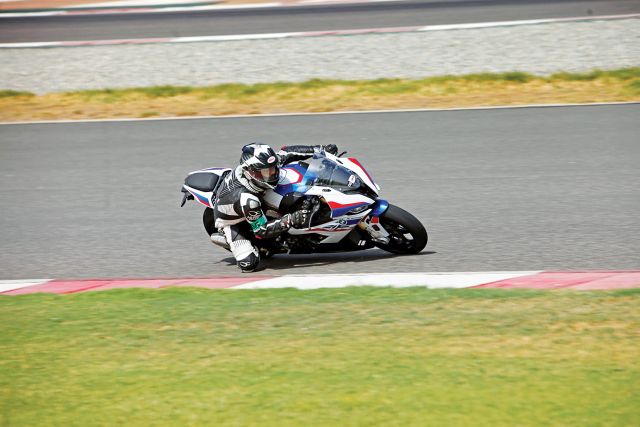
Rounding the tight third corner that leads onto the long straight, I wound the throttle open and watched the tachometer head for its 14,000 rpm redline at an alarming pace. The tall first gear is good for over 150 km/h, I was doing well over 200 km/h in third, and I saw an indicated 294 km/h before getting hard on the brakes for the next corner. Given enough room I would expect the top speed of the 2020 S 1000 RR to be around of 310 km/h.
1.) Ducati Panigale V4S
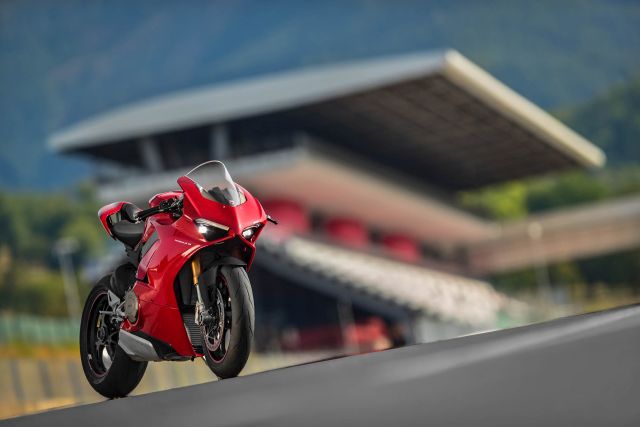
While the previous bike on our list came across as friendly and approachable, the Ducati Panigale V4S feels vicious and brutal. This bike, launched in 2018, is the oldest here, and a bit of a cheat inclusion as our editor rode it over two years ago at the international press launch, while I got my hands on it in late 2018. Still, we had to include it in this compilation of ultra-quick motorcycles as I haven’t ridden anything as fast and visceral, before or since, and we haven’t yet got our hands on the new 2020 version.
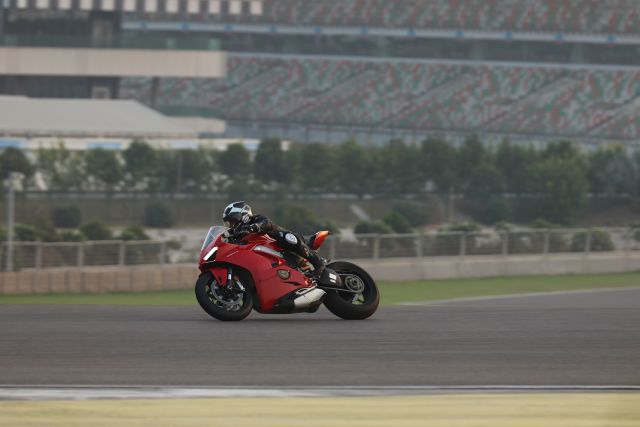
The Italian firm threw everything at their first V4-powered mainstream production bike, and they definitely created a winner. Powered by a 1,103-cc 90-degree V4 that makes 214 hp at 13,000 rpm, with 124 Nm of peak torque coming about at 10,000 rpm, the Panigale V4S is all about arm-wrenching acceleration. It takes a certain amount of courage to twist the throttle open to the stop, and even with a state-of-the-art electronics package keeping it from flipping over in the lower gears this is not a machine for inexperienced riders.
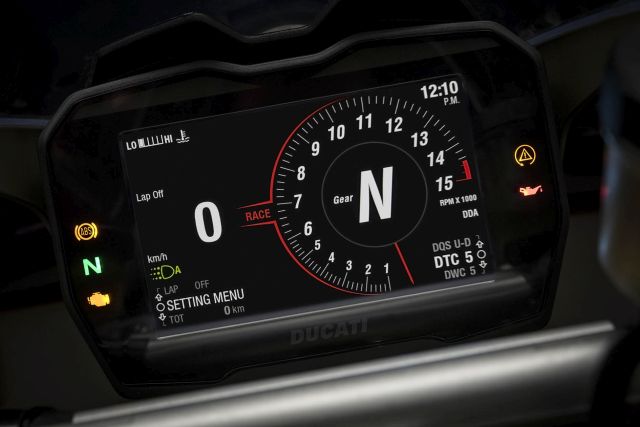
The ferocity with which this motorcycle eats up the straights requires some serious mental recalibration; there’s no time to even glance down at the fantastic TFT dashboard with its large analogue-style tachometer that swings into the red unrealistically fast in each gear.
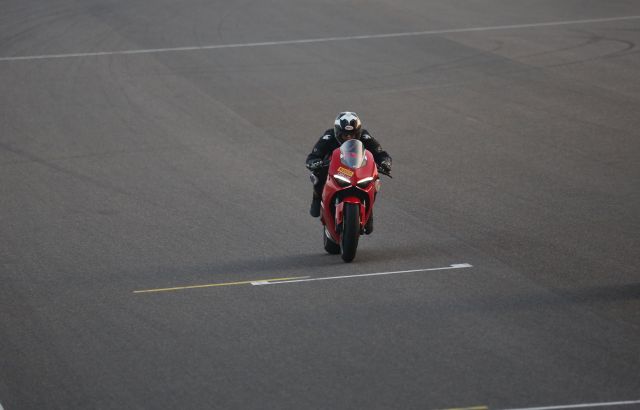
Firing down the long straight at the Buddh International circuit I was holding on for dear life through the first three gears, glanced down to see we were doing over 250 km/h in fourth, 290 km/h was breeched in fifth, and as I shifted to sixth the speedo simply displayed ‘—’ while revs continued to rise. The V4S was still accelerating when I got on the brakes for the next corner, and even shedding speed was a terrifying affair. I felt the rear wheel come a few inches off the ground and wriggle around, and could see the triple clamp swaying from side-to-side while I dropped a couple of gears and threw it into the tight right-hander, with the electronic suspension doing a fantastic job in the background.
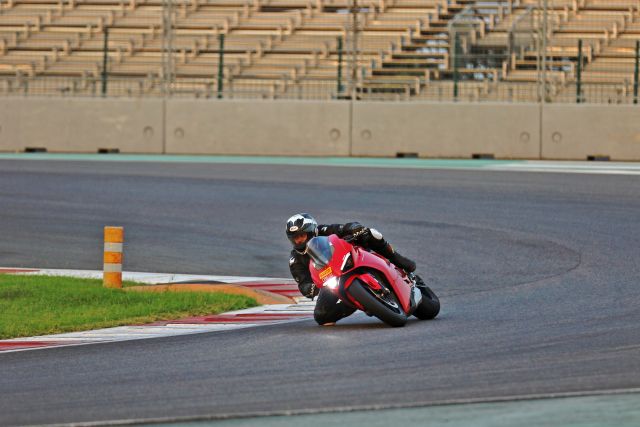
I expect the Panigale V4S to be capable of over 320 km/h before running out of steam, hence it sees itself at the number one spot on this list.
Note: All mentioned speeds and estimated top speeds based on speedometer readings


Leave a Reply